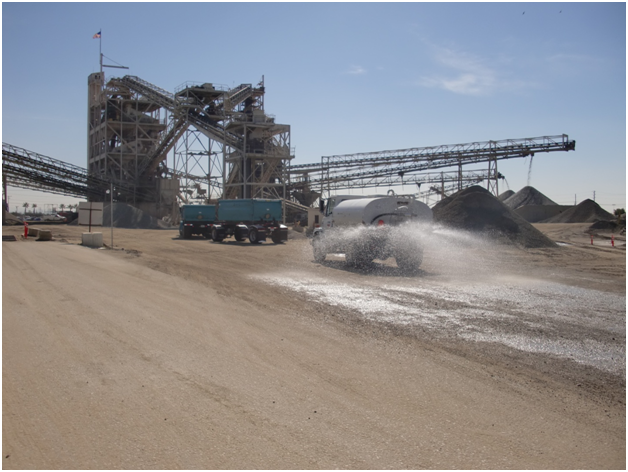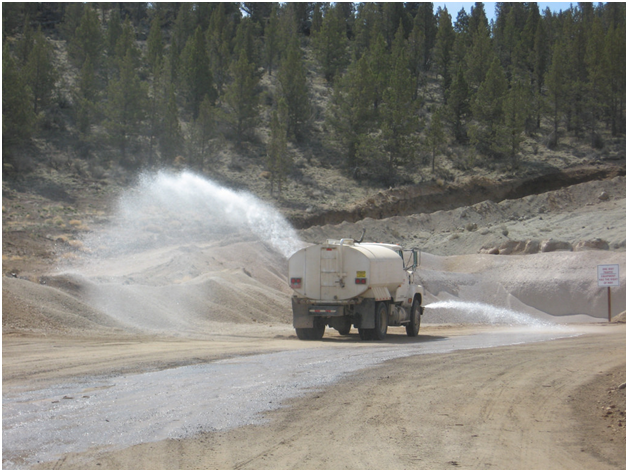An introduction to dust control systems
Dust control systems improve air quality by extracting dust from the air that people are going to breathe. Globally, they are being used increasingly widely, as developing countries build up industries, such as mineral processing, and construct more major infrastructure projects and high rise buildings.
Dust control systems are widely used in the UK, in woodworking and other industries. They are equally necessary where materials such as stone are being cut. The Health and Safety Executive points out that the cutting of paving slabs, curbstones and other products creates a very large amount of dust. This contains some very fine particles – respirable crystalline silica. Breathing in this dust can cause serious and even fatal health problems. Dust control is therefore essential.
Containment is vital
The system will collect the dust, contain it in one place and then move it to a point where it can be removed from the work environment. The control system draws the air that contains the dust towards the collection point inside the system. Sometimes, hoods are used to capture the air from local work points around the facility.
The ductwork inside the system then conveys the air to the dust collection point and moves it on to be discharged into the outside environment. Because the ductwork sometimes has to turn corners, it has to have bends in it. These tend to collect dust inside the “elbows” and have to be cleaned regularly. If they are not cleaned, the air moving through the system is slowed down, and the extraction becomes less effective.
Designing ductwork and exhaust systems to be as efficient as possible is a skilled job that has to be undertaken by a company that is experienced in a wide variety of dust extraction applications.
What dampers do
Dampers, such as from https://www.dustspares.co.uk/Blast-Gate-Damper.html, work automatically using compressed air. A ductwork blast gate damper slides across a duct to shut it quickly and effectively. The dust control system automatically focuses on those places where the dampers are not shut, and where dusty air is therefore entering the system. This makes for more efficient use of energy.
Dust control systems in industrial plants make the end products cleaner, keep floors free of dust and other material and provide a much healthier working environment for operators.


Leave a reply